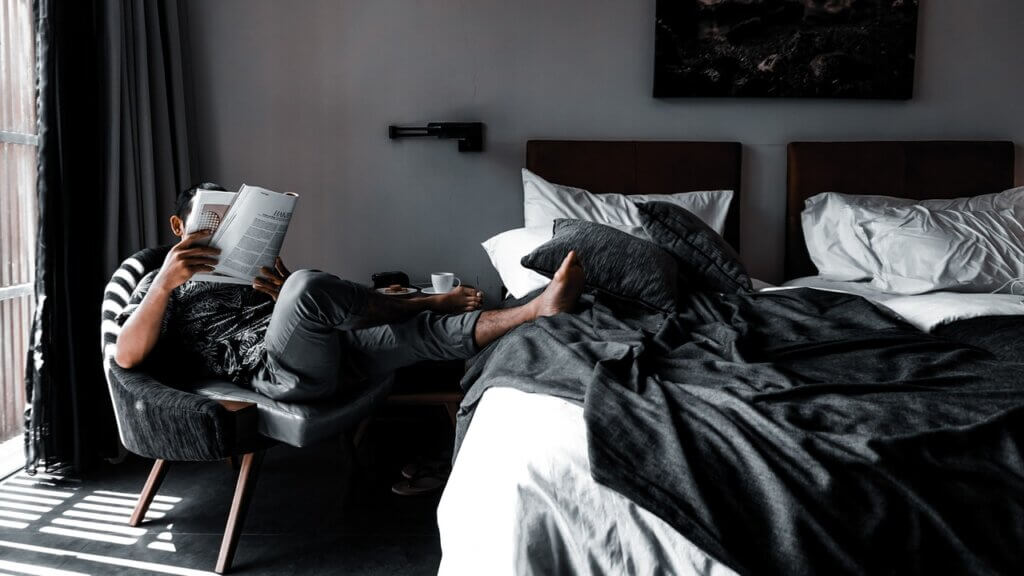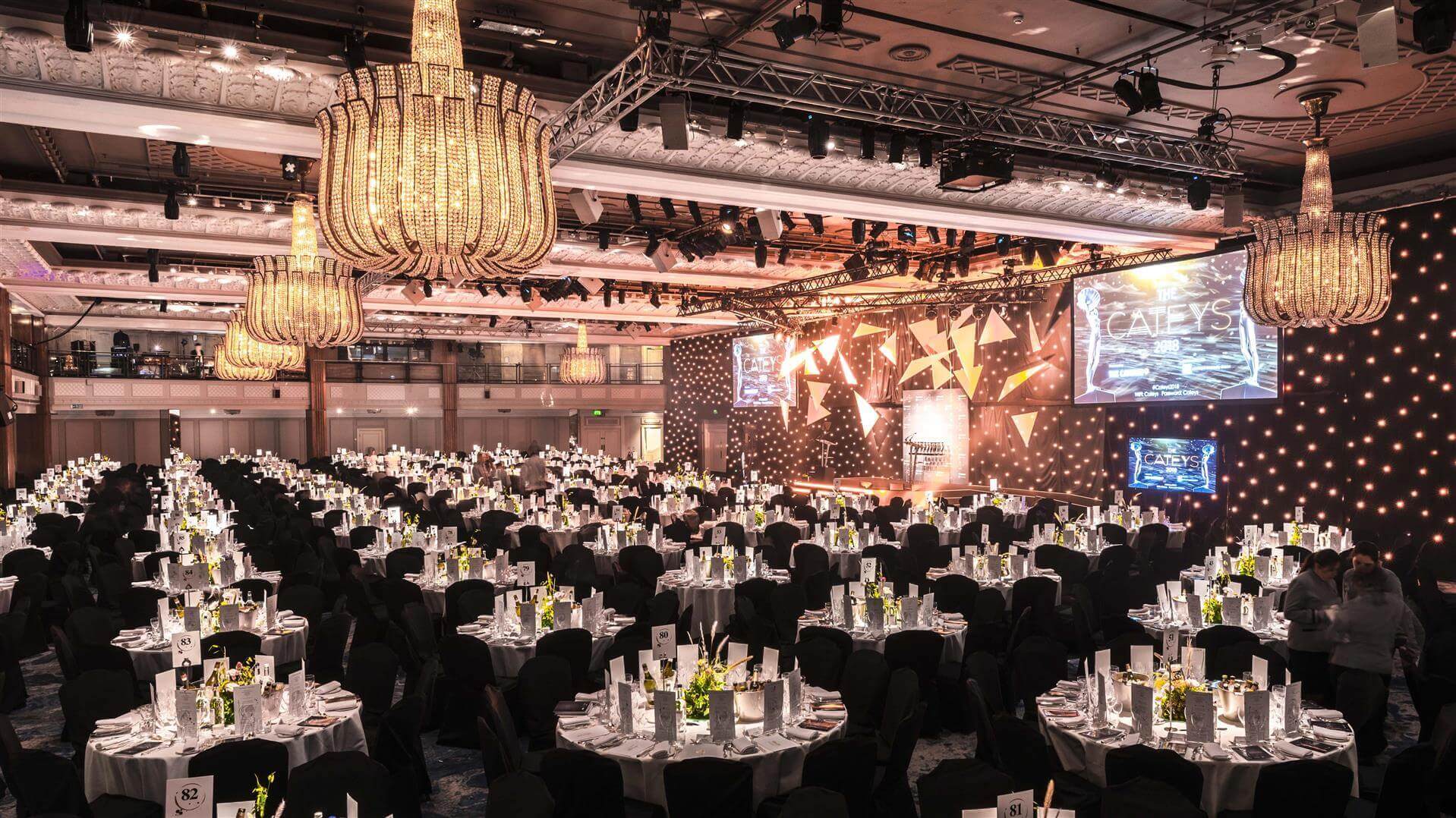
The term “day use” or “hourly hotels” has historically invited some questionable associations. So, to understand this segment and shift how it’s perceived by the market, it’s important to first define who the modern “day use” guest actually is.
NB: This is an article from DerbySoft
Subscribe to our weekly newsletter and stay up to date
First, you have local residents of a city who crave a temporary escape in an environment that feels removed from home and their normal day-to-day experience. Even if travel is a priority, many individuals and families might not be able to get away for an extended trip more than once or twice a year. However, with the inclusion of “mini getaways” comfortably within city limits, monthly hospitality experiences suddenly become possible. You might see someone unwinding by the pool before heading home to pick up the kids, or a couple celebrating an anniversary in the middle of a work week.
Of course, we also have the modern business traveler, especially those who frequently find themselves on quick day trips to attend meetings, events, or collaborate with colleagues in unfamiliar cities. Traditionally, these guests have had little option other than to “squat” in hotel lobbies or local coffee shops, with no real amenities at their disposal. So what if, instead, they could rent a quiet room to reset between calls, host a client in an elevated setting, or simply shower and change before their next meeting or dinner invite? For this guest, it’s not just about convenience; it’s about professionalism, well-being, and reclaiming space in a crowded city.
Finally, we have the “in-betweeners” – the layover guests caught in that liminal space between flights or their next destination, with enough time to need a place to go but not enough time for a traditional, overnight hotel stay. After all, most people would trade a stiff plastic chair or hours languishing in a terminal restaurant or coffee shop for a few hours in a comfortable bed, a shower, or the convenience of a well-equipped hotel gym any day. In this scenario, day-use hotels turn otherwise wasted hours into productive, restful, even restorative moments of reprieve.
Each of these archetypes represents a different kind of untapped value for hotels – unrealized bookings captured, experiences reimagined, and new guest relationships formed.
It’s Time to Transform Losses into Profits
If we know that hotels are chronically underutilized during daytime hours, along with their suite of amenities and offerings, it’s not hard to make the business case for optimizing this segment.
By tapping into rooms and amenities that would otherwise remain unsold or underutilized, hotels can generate significant incremental revenue, turning what was once considered a “loss” into a new stream of income. In fact, the revenue from short stays can range from 60% to 70% of the night price, creating a compelling financial incentive for hotel operators.




